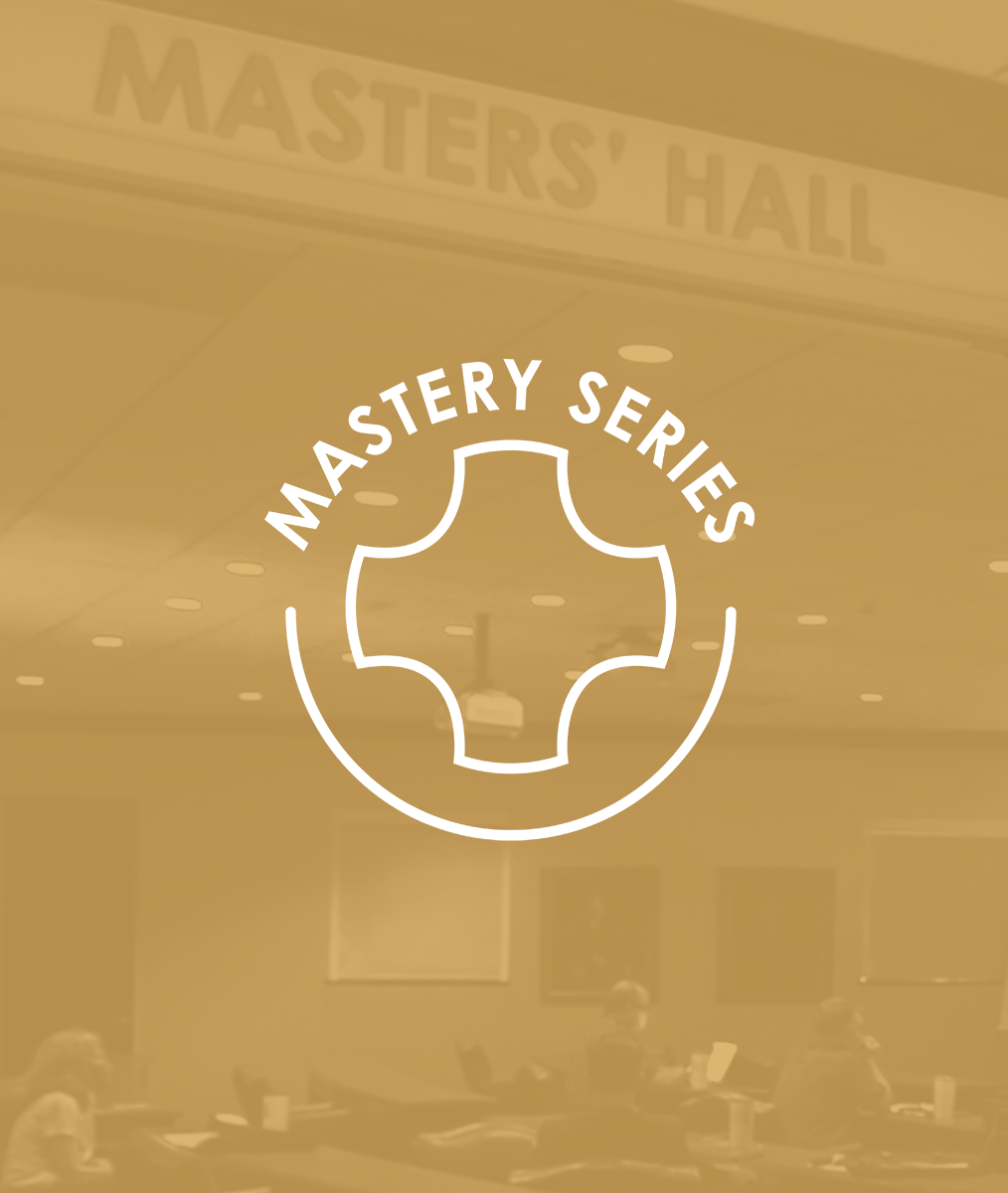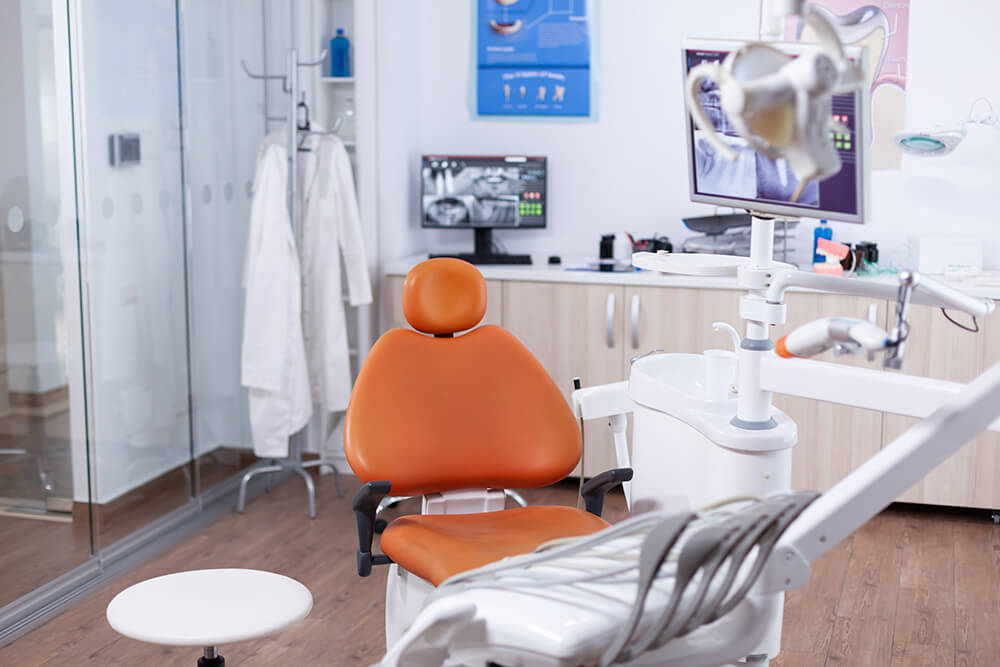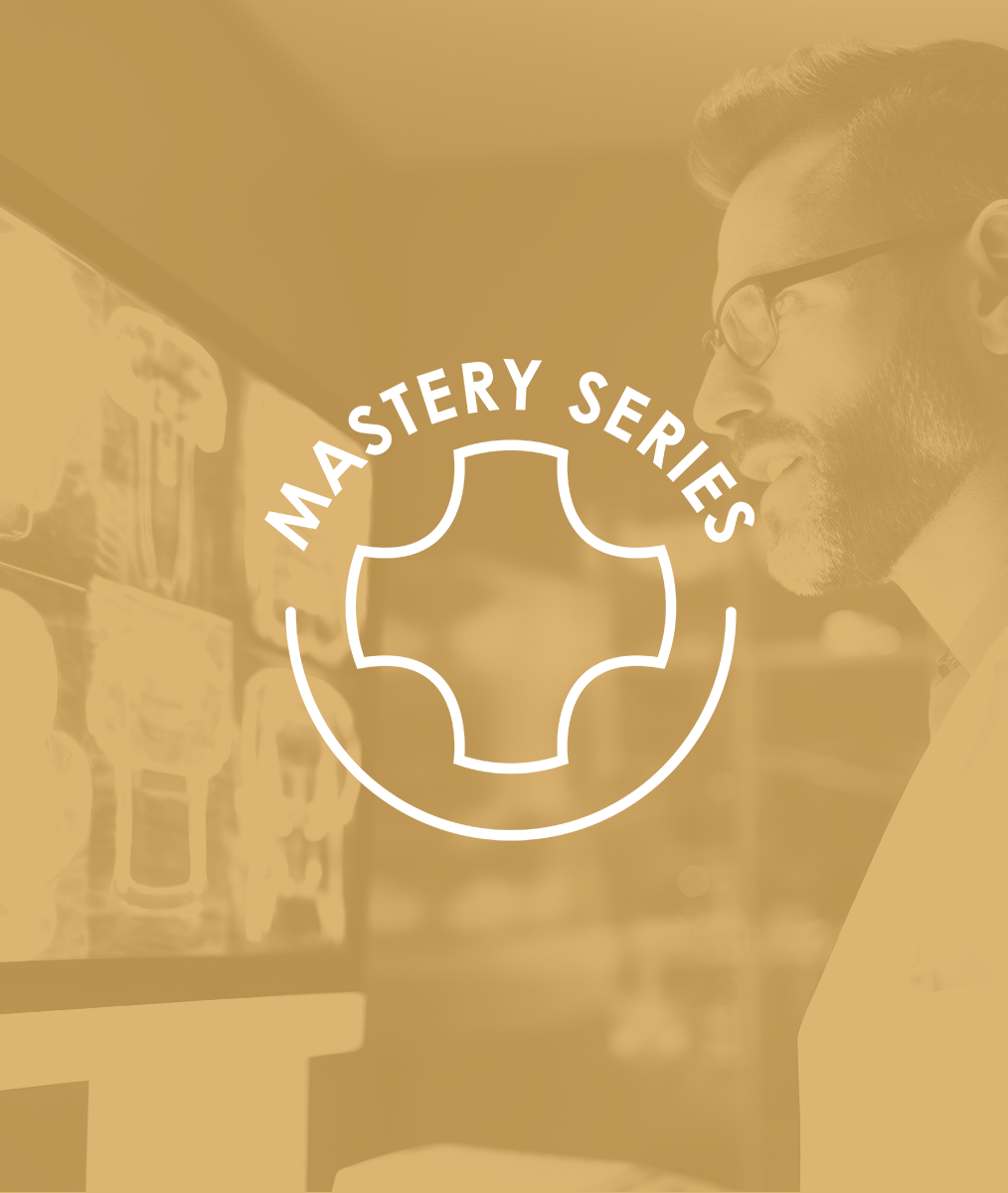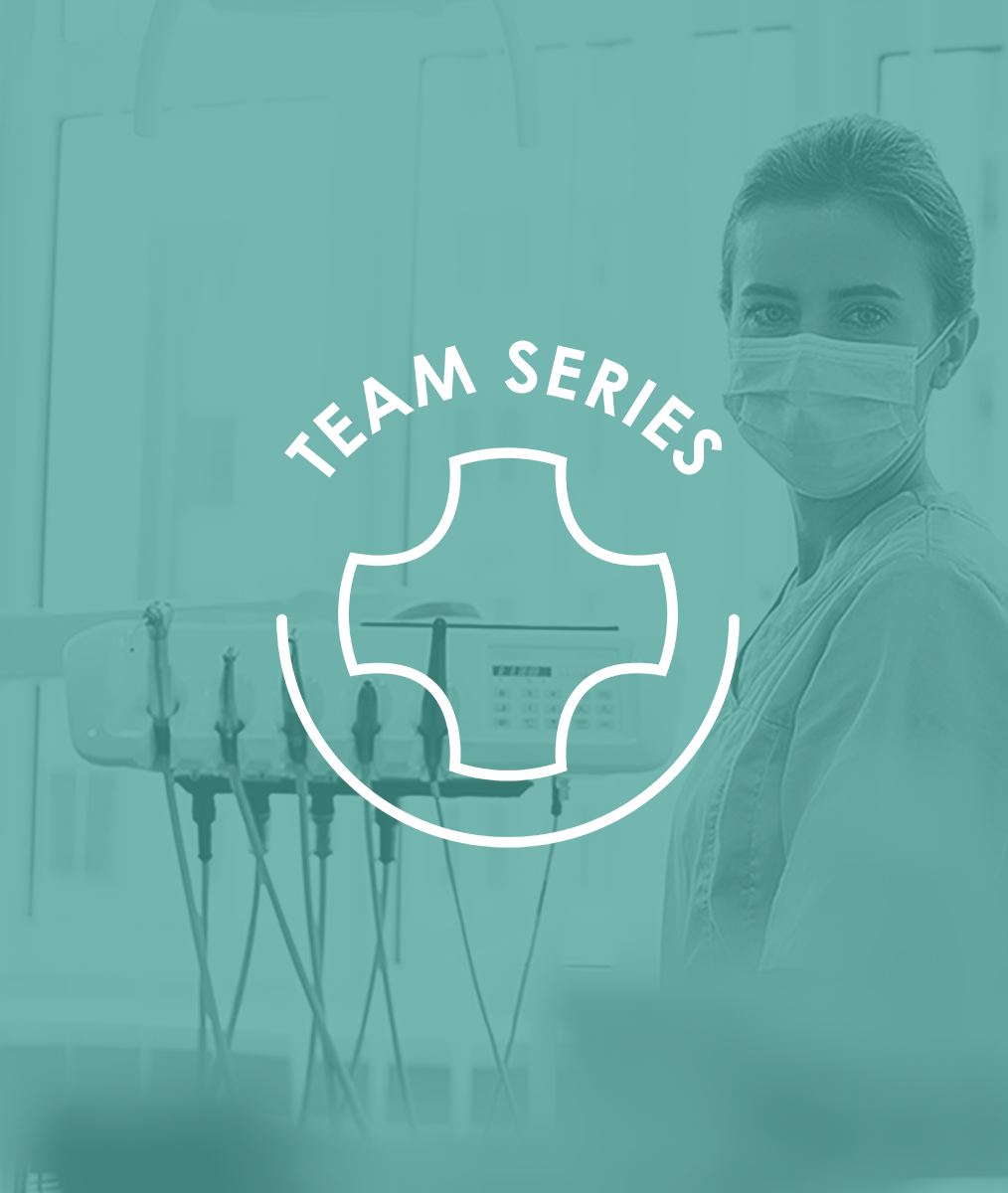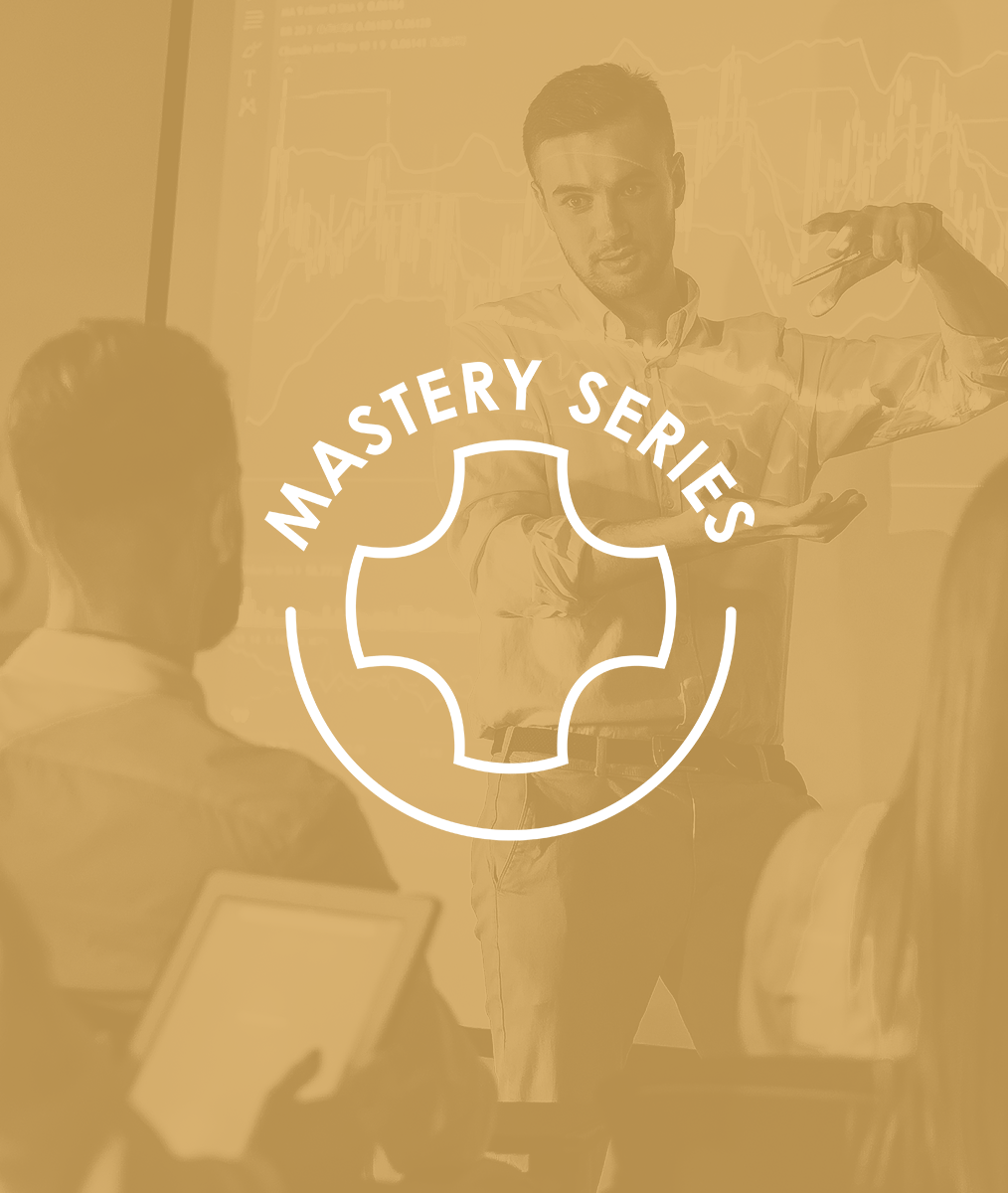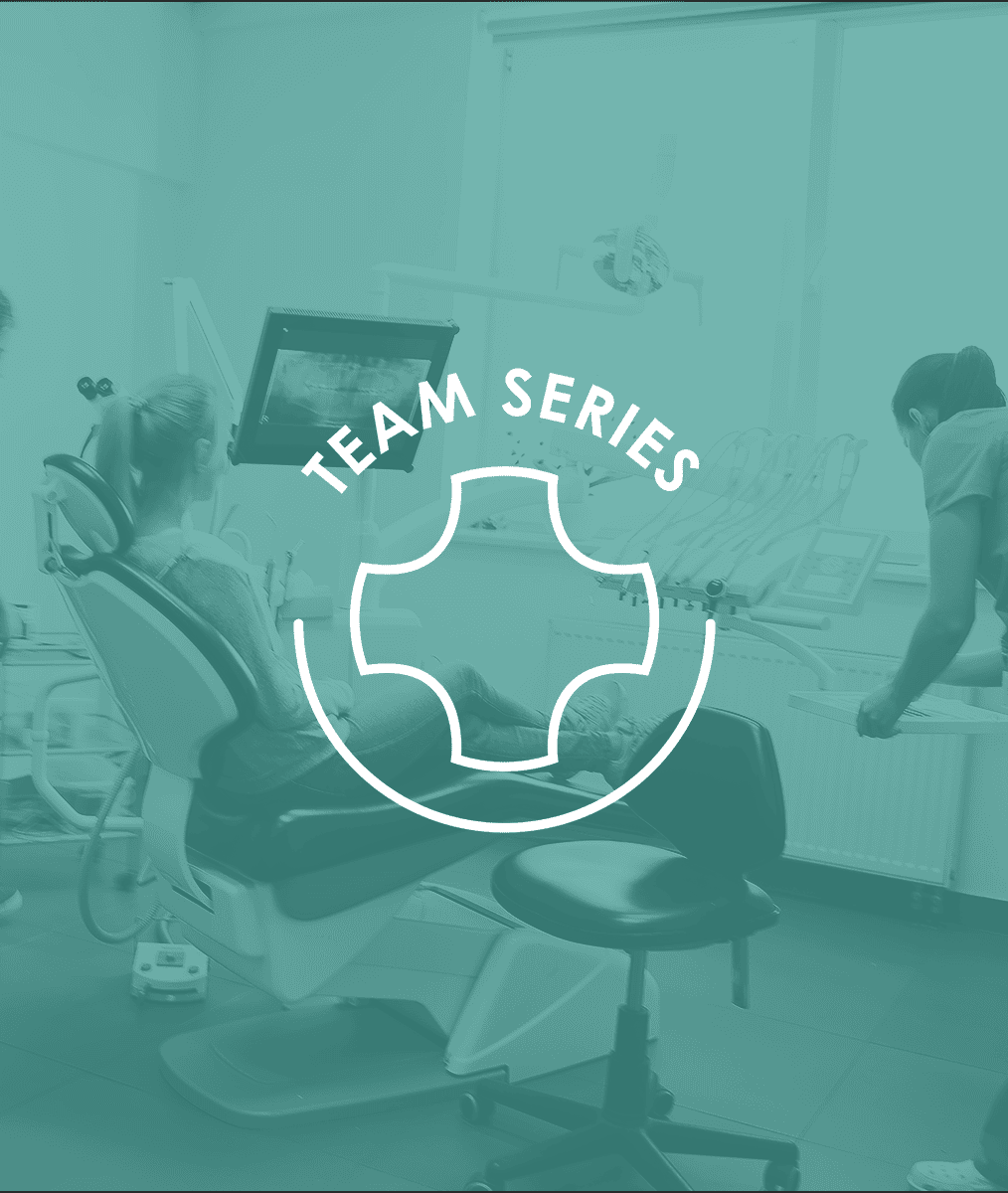How to Move Towards Independence in Dentistry (Part 1)
Happiness for me in dentistry was always doing my best for patients who appreciated and wanted the best dentistry. When third parties began to heavily impact the care patients wanted and my ability to do my best, my happiness disappeared, and burnout set it.
Independence to me meant removing myself and leading my patients away from insurance dependence. The Pankey Institute showed me the way to do this, and I was able to start restoring my happiness one patient at a time, until I was finally once again “fee for service.” Whether you can do this in part or in whole, you will achieve more dentistry and have a greater impact on more lives.
I first attended The Pankey Institute in the late eighties. I was at the lowest point of my career. Admittedly times were a bit easier for a young dentist back then, but in many fundamental ways they were the same. On the first morning at the Institute, I remember feeling overwhelmed. I was focused on the herculean task of creating the practice of my dreams. Every moment of that first week tested my competence and potential to succeed. I kept comparing myself with other students as I paid attention and diligently took notes.
Later in the week, Dr. Irwin Becker was discussing how to schedule patients so we would have time to practice what we were learning. I returned home and secured every Thursday morning for practicing “the Pankey way” which included a lot of new techniques for me and my staff. Dr. Becker was more correct than he even knew when he recommended that we “just do it.”
The Science of Motivation
About the same time, during the eighties, two psychologists, Edward Deci and Richard Ryan from the University of Rochester were beginning to formulate their now groundbreaking Self Determination Theory of Human Motivation. Their advice also came down to “Just Do It.” Years later, while studying positive psychology, I was gratified that I took Dr. Becker’s advice; otherwise I may not have had an accomplished and fulfilling career.
Deci and Ryan defined motivation as the “energy required for action.” How many times do we attempt to accomplish a worthy goal but run out of steam? We need drive. Installing a fee-for-service practice is difficult…if we dare to do it. It requires resources like drive and energy.
Deci and Ryan noted extrinsic drives are the material rewards we are all familiar with, as well as status and recognition. The intrinsic drives are passion, curiosity, and purpose. They found intrinsic motivation is more effective in every tested situation, except when basic needs haven’t been met (think Maslow’s Hierarchy of Needs). They also found that autonomous work overrides controlled work because autonomy is aligned with our intrinsic drives.
Autonomy as an Intrinsic Driver Works
When we are the masters of our own destiny, we are also more focused, productive, optimistic, resilient, creative, and healthy. In retrospect, this is what I found on those Thursday mornings. When I was focused on doing a comprehensive, relationship-based new patient exam, to the best of my ability and focused on leading the special person before me to greater understanding and health without thoughts about personal gain… putting another first and giving them the gift of my time… I felt most alive and well myself.
I started with the comprehensive examination and built on that by learning all the components from the mundane mounting of models to the nuances of advanced occlusion. For those of you starting to implement a fee-for-service practice model, success can be measured one morning a week and one patient at a time. Your intrinsic motivation will carry you forward to expand your “Pankey style” approach to a greater and greater percentage of your patients.
Beyond Scheduling One Special Morning…Return to “The Porch”
My latest book, The Porch: A Dental Fable, tells the story of a young dentist who is led in mentoring relationship — by a retired dentist and an expanding group of encouraging colleagues who meet regularly on a porch. He discovers and practices a new philosophical and behavioral approach to practice that transforms his life. I’ll keep blogging on this theme, but between blogs, you might want to pick up the book and discover the richness of a life in dentistry based on intrinsic drive. If you have sampled The Pankey Institute offerings and been inspired, then stay on “the porch” of its philosophical approach, courses, study clubs, and collegial gatherings. Continuously sharing and supporting one another is what put me on the never-ending, meaningful, highly satisfying Road of Mastery…and never again to experience burnout.
Related Course
Masters’ Week
DATE: June 2 2025 @ 8:00 am - June 5 2025 @ 2:00 pmLocation: The Pankey Institute
CE HOURS: 27
Dentist Tuition: $ 8500
Single Occupancy with Ensuite Private Bath (per night): $ 345
Master Your Skills Masters’ Week is a unique learning experience each and every year where we bring together a group of talented speakers to share on a range of topics….
Learn More>






